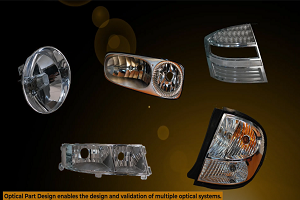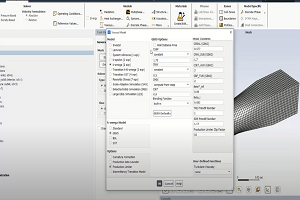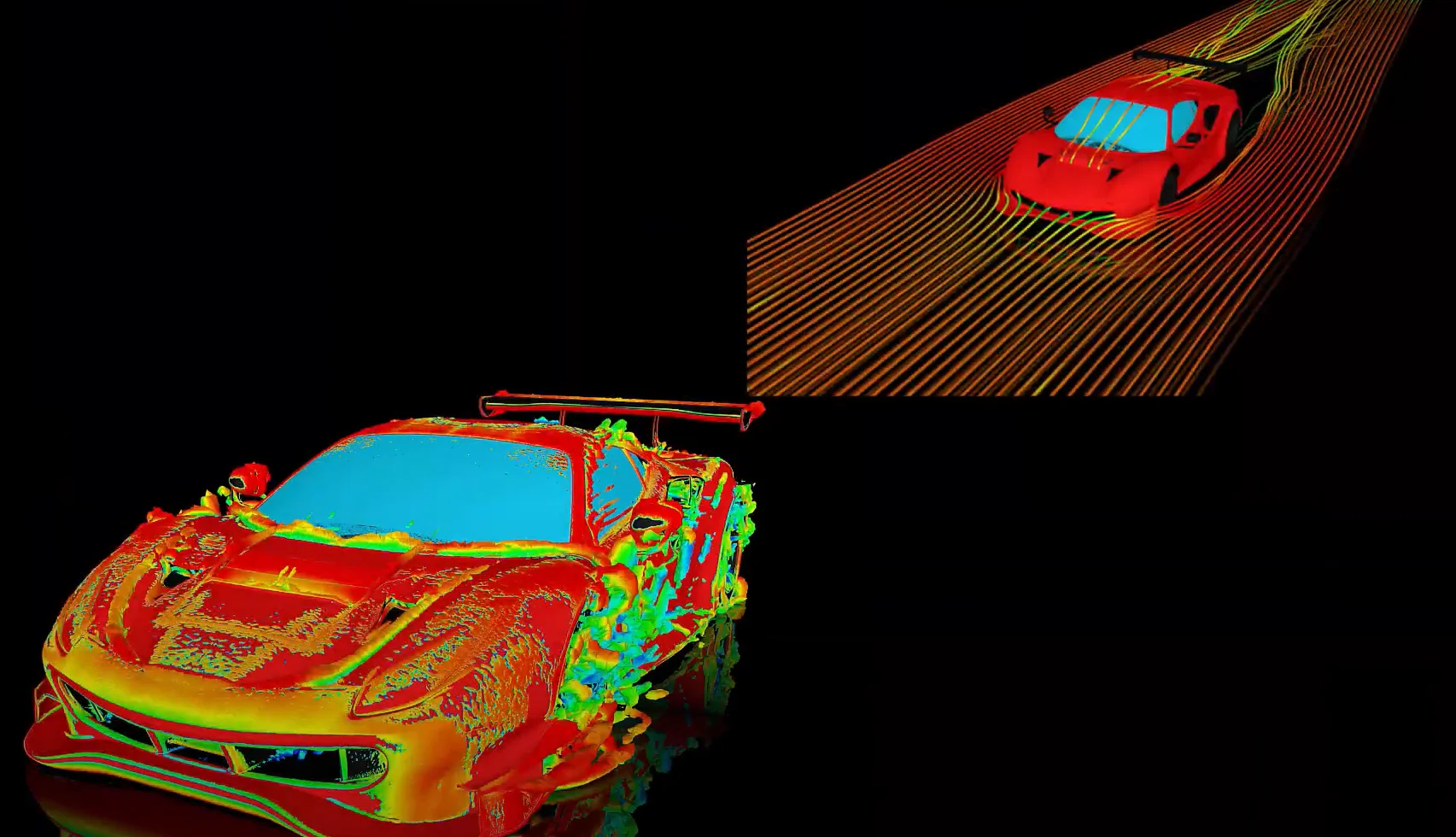Tagged: discovery-live, Explore-FAQ
-
-
September 26, 2022 at 9:33 am
 FAQParticipant
FAQParticipantThe simulation technology within ANSYS Discovery leverages the almost 50 years of proven ANSYS R&D experience in simulation and numerical methods across physics. This, combined with the latest high-performance computing architectures, provides instantaneous simulation with direct geometry modeling, to enable interactive design exploration and rapid product innovation.
The underlying numerical methods in Explore (earlier Ansys Discovery Live) mode are tailored for the physics and are tuned to reach the highest level of performance, accuracy and robustness that can be achieved on the hardware, resulting in instantaneous response and interactivity. Specifically, we use proprietary and novel variants of Finite Volume for modeling fluids and Finite Element Methods for modeling Thermal and Structural physics. The discretization techniques and solution algorithms achieve maximum automation and speed using a voxel-based approach that eliminates the need for time-consuming mesh generation.
These algorithms and methods were rewritten from the ground up to leverage the CUDA parallel computing platform and take full advantage of the massively parallel GPU architecture, resulting in groundbreaking performance.
These details may change in the future, as we are continually working to improve the methods and algorithms within Discovery Explore mode, and provide the best approaches possible for an interactive simulation environment.
-


Introducing Ansys Electronics Desktop on Ansys Cloud
The Watch & Learn video article provides an overview of cloud computing from Electronics Desktop and details the product licenses and subscriptions to ANSYS Cloud Service that are...

How to Create a Reflector for a Center High-Mounted Stop Lamp (CHMSL)
This video article demonstrates how to create a reflector for a center high-mounted stop lamp. Optical Part design in Ansys SPEOS enables the design and validation of multiple...

Introducing the GEKO Turbulence Model in Ansys Fluent
The GEKO (GEneralized K-Omega) turbulence model offers a flexible, robust, general-purpose approach to RANS turbulence modeling. Introducing 2 videos: Part 1 provides background information on the model and a...

Postprocessing on Ansys EnSight
This video demonstrates exporting data from Fluent in EnSight Case Gold format, and it reviews the basic postprocessing capabilities of EnSight.

- Discovery Downloads
- Top 5 New Features in Ansys Discovery 2024 R1
- Importing an Autodesk Fusion 360 Design Study into Ansys Discovery
- Ansys Discovery – Supported File Formats
- How to Navigate the New AIS Discovery Space
- Ansys Discovery: Transient Simulation
- Ansys Discovery: Creating Custom Shortcuts
- Ansys Discovery: Customizing the Ribbon Tab
- What simulation technology does Ansys Discovery use in Explore mode?
- Discovery SpaceClaim – Scripting examples

© 2024 Copyright ANSYS, Inc. All rights reserved.

